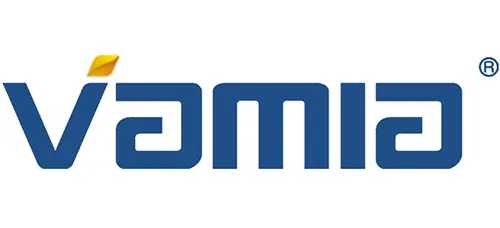Membrane Filtration – Precision Purification

A. Microfiltration (MF)
Microfiltration is a membrane – based filtration process that targets relatively larger particles. MF membranes have pore sizes typically in the range of 0.1 – 10 micrometers. These membranes operate on the principle of size – exclusion. As water is forced through the membrane under pressure, particles such as bacteria, protozoa, and larger colloids are physically blocked from passing through.
MF is often used in applications where the primary goal is to remove visible turbidity – causing particles and some microorganisms. For example, in the treatment of surface water sources, MF can significantly reduce the load of suspended solids and certain pathogens, providing a pre – treatment step before more advanced purification processes. However, MF membranes are not effective in removing dissolved substances, such as salts and most viruses, due to their relatively large pore sizes.
B. Ultrafiltration (UF)
Ultrafiltration takes membrane filtration a step further with smaller pore sizes, ranging from 0.001 – 0.1 micrometers. UF membranes can remove a wider range of contaminants compared to MF. In addition to bacteria and protozoa, UF can effectively capture viruses, proteins, and some smaller colloids.
The working principle of UF is also based on size – exclusion, but the smaller pores allow for a more precise separation. Water molecules and small dissolved substances can pass through the membrane, while larger contaminants are retained. UF is commonly used in water treatment plants, as well as in some residential water purifiers. It offers the advantage of being able to produce high – quality filtered water without removing beneficial minerals from the water, as some of the dissolved salts are small enough to pass through the membrane.
Water Purifier Factory, Water Purifier For Home, Water Purifier Machine, Water Purifier, Water Filter Purifier System
C. Reverse Osmosis (RO)
Reverse osmosis is one of the most advanced and effective water purification technologies. RO membranes have extremely small pores, around 0.0001 micrometers. This technology operates against the natural osmotic pressure. In normal osmosis, water flows from an area of low solute concentration to an area of high solute concentration through a semi – permeable membrane. In reverse osmosis, pressure is applied to the side of the membrane with the higher solute concentration, forcing water molecules to flow in the opposite direction.
Membrane Filtration – Precision Purification

